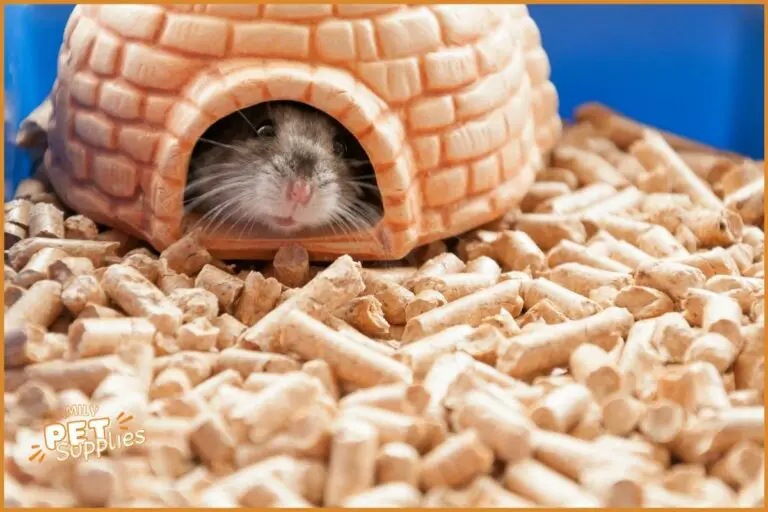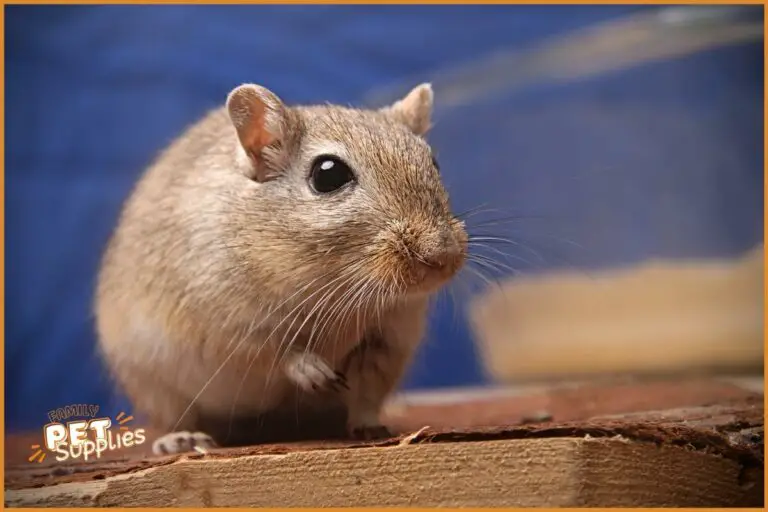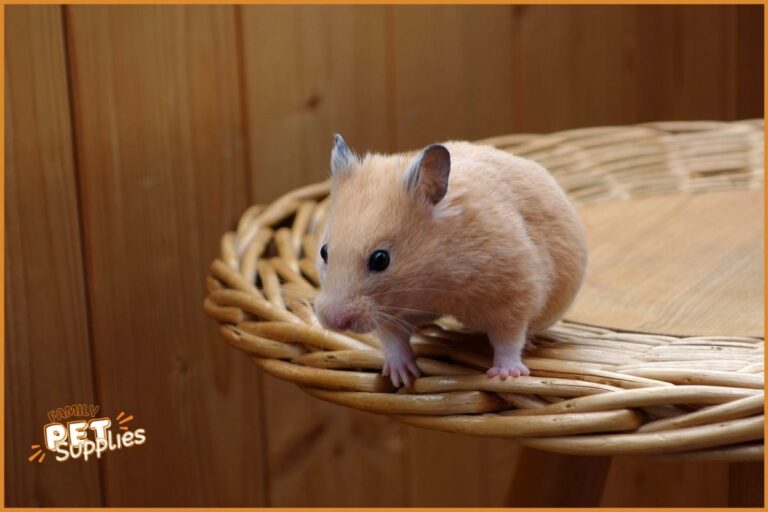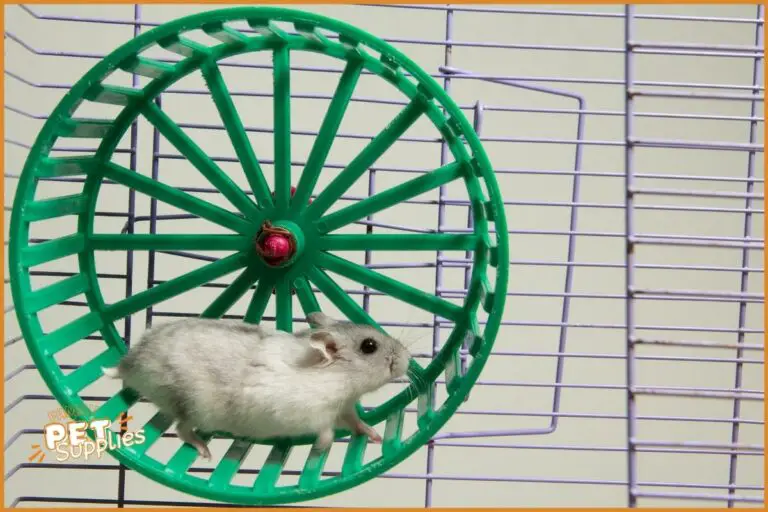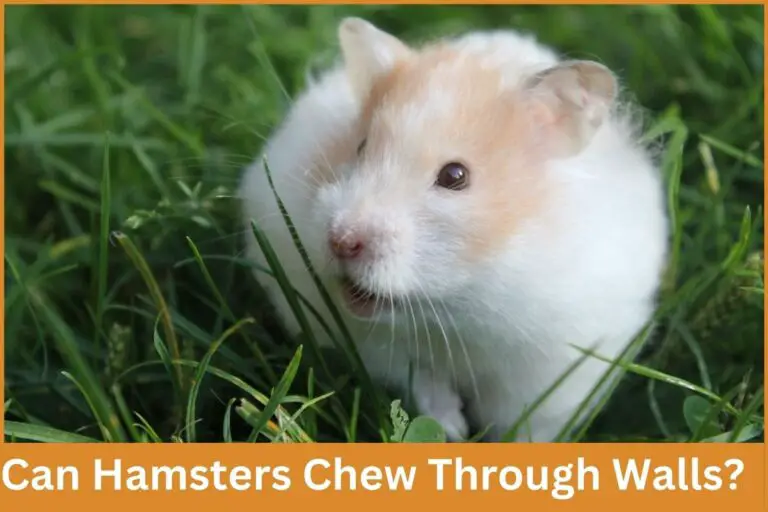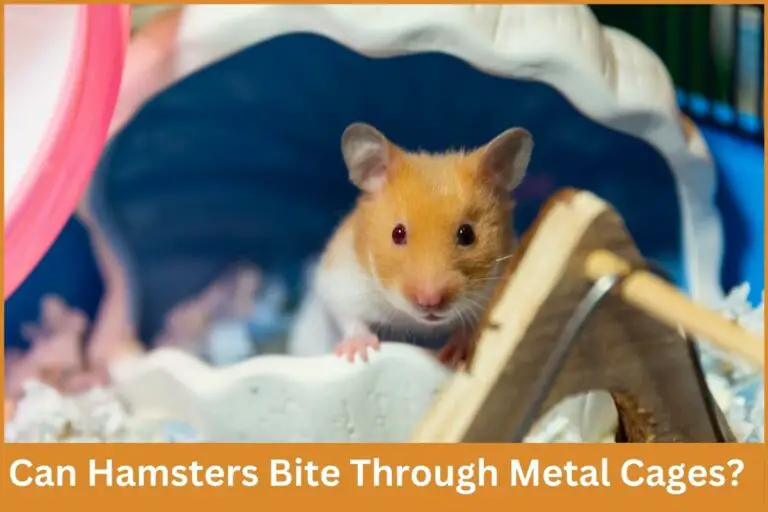As natural explorers, hamsters are infamous escape artists. Here’s what you need to know about hamster escaping behaviors and how to hamster-proof their environment:
- Instinct to Roam – Hamsters have an innate drive to tunnel and explore their environment. Inadequate space and enrichment in their cage can fuel escape attempts.
- Seeking Food – Hamsters on the hunt for food can accidentally escape from unsecured bins or cages. Ensure their enclosure fully contains food sources.
- Burrowing Out – Given loose substrate, hamsters may eventually burrow under and out of their enclosure. Use aquarium tanks or plastic bases to prevent this.
- Climbing Out – Hamsters are agile climbers and can scale unsecured wires, habitat walls, and accessories. Ensure their enclosure has smooth, high walls and closed off ramps/platforms.
- Damaged Cages – Any rust, bent wires, loose parts or cracks in their housing can create openings for escape. Frequently inspect for damage and repair or replace worn cages.
- Following Scent Trails – Once a hamster finds an escape route, they will remember the path via scent trails. Thoroughly clean accessorises and habitat after each escape.
- Human Error – Simple mistakes like leaving cage doors ajar enables crafty hamster getaways. Always double check latches and lids after interacting with your pet.
With proper hamster-proofing and vigilance, escapes can be prevented.




